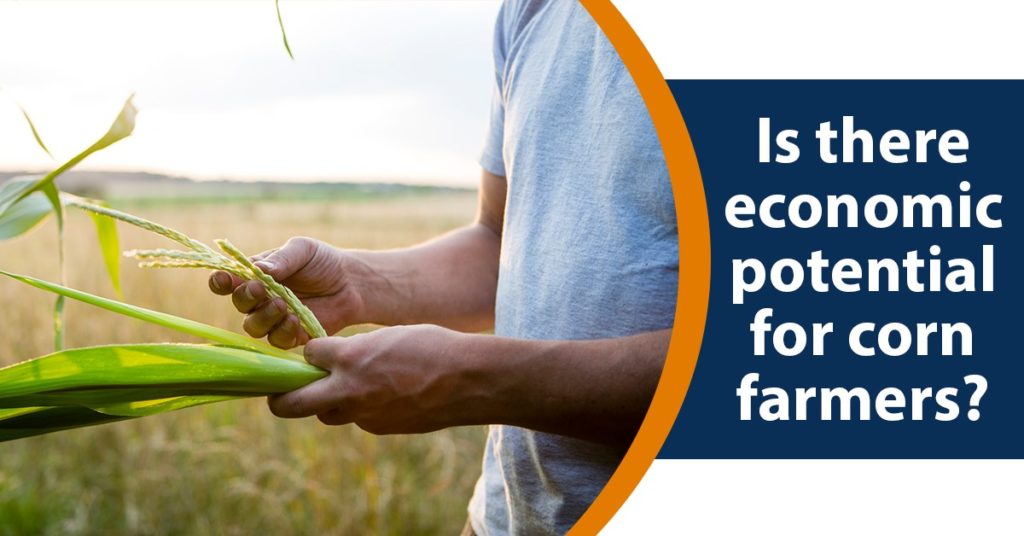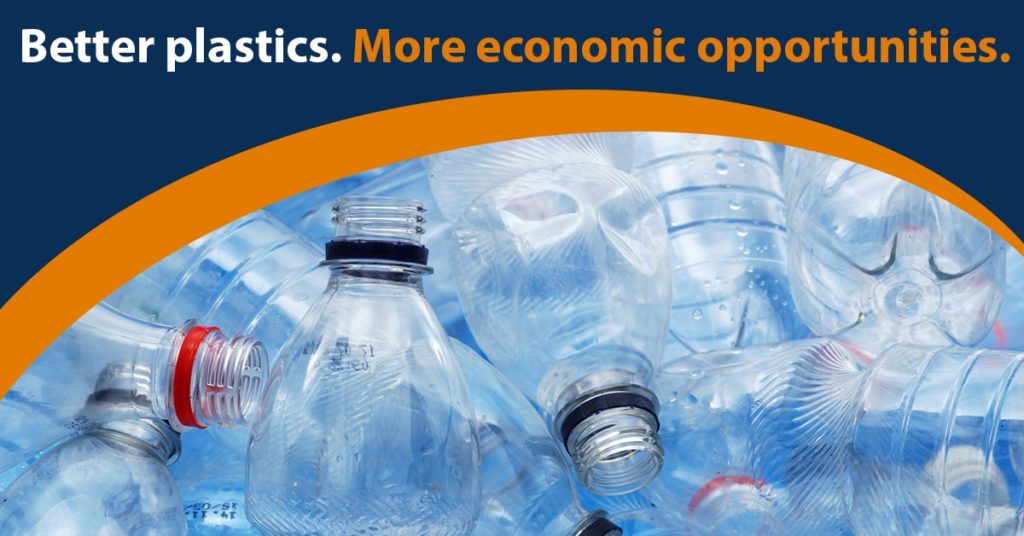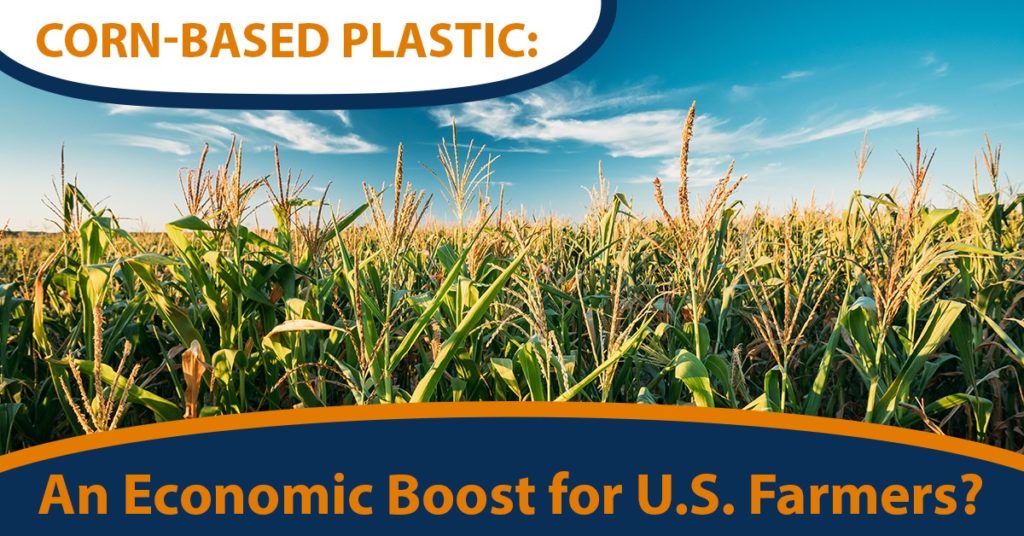Corn-based plastic, it seems, is the new eco-friendly alternative to petroleum-based plastics. As production, business interest and research pick up speed, corn plastic—while not perfect—could be an economic shot in the arm for U.S. farmers.
What is corn-based plastic?
Basically, corn-based plastic is a non-petroleum material made by converting corn into a resin called polylactic acid (PLA). The PLAs are turned into bottles, food packaging, and utensils.
Environmental impacts of corn plastic
At a time when plastic waste in oceans has manufacturers under pressure to find packaging alternatives, corn-based plastic sounds like the perfect solution.
The biomaterial is getting attention for its potential to reduce our dependence on oil-based products and shrink the carbon footprint caused by plastic manufacturing and disposal.
Is there economic potential for corn farmers?

For farmers seeking crop options as they dig out from tough growing seasons (as well as the fallout from the recent China trade wars), corn grown for bioplastic production might be the economic balm they need.
Recent bioplastic developments and corn-growing opportunities
U.S. farmers may get an economic leg up by way of bioplastic’s innovative solutions and new market opportunities.
For instance, the Minnesota Corn Growers Association (MCGA) is partnering with the University of Minnesota to develop corn-based plastics.
MCGA funding will go toward research for creating better, more versatile and biodegradable bioplastics. The association’s goal is to eliminate dependence on petroleum as a resource for making plastic and replacing it with corn.
Another market opportunity includes the recent announcement that LG Chem and ADM corn processing are teaming up to create bioplastic.
LG Chem will work with ADM to create a “100% biobased acrylic acid using ingredients from…corn processing.” Typically, LG Chem’s acrylic acid is made from petrochemicals. However, the leading acrylic acid manufacturer is actively exploring bioplastic opportunities.
Additionally, as robust companies tap into the corn plastic market, grain improvement research is sure to ramp up, which may result in hardier corn and decreased economic risks for farmers. Drought-tolerant grains are already available, paving the way for advances in corn technology.
The downside of corn-based plastic
Bioplastics may sound like the solution to our plastic addiction, but the still-young, environmentally friendly plastic is not without its critics.
The resource-hungry side of corn plastic
To be clear, corn that goes toward making bioplastic is not the corn that feeds humans. This is an important distinction given that U.S. farmers supply a quarter of global grains, including corn. Rather, bioplastic manufacturers use low-grade animal-feed corn to create bio-based plastic.
However, vast swaths of land that could be used for growing food crops is instead used for growing inedible corn for packaging (a similar complaint made against corn grown for ethanol production.)
Bioplastic—not so easy to recycle
Unlike the finite fossil fuels that make up regular plastic, corn plastic comes from sustainable and renewable resources. Also, bioplastics are less hazardous to the environment than petroleum-based plastics in terms of reducing the carbon footprint once discarded or as it degrades.
However, corn-based plastic does not simply break down in compost piles and must go to a specialized facility for composting. In fact, PLAs that don’t go through industrial composting have an afterlife similar to petroleum-based plastics.
Additionally, PLA plastic that gets mixed with regular plastic for recycling contaminates the processing system (a nightmare for plant owners).
Better plastics. More economic opportunities

Corn-based plastic is by no means perfect, but it’s a first step toward finding a solution to plastic pollution. Moreover, once innovators find the sweet spot—of developing durable grain and easier-to-compost bioplastic—farmers will be positioned for a sustainable economic boost.
What are your thoughts on corn-based plastic? Will it become the new plastic? Is there a potential economic benefit for corn farmers? Please let us know in the comments or share the post on LinkedIn.
At Ingredient Exchange, we help food businesses rescue profits from problem inventory. We can find a market for your off-spec or downgraded products and turn them into cash. Get in touch: 314-872-8850
